How to Fix DLL Unable to Load Error on Windows 11 & 10
A file that ends in .DLL is a dynamic link library. This is a type of shared file Windows uses to bring functionality to multiple programs, games, and software apps simultaneously. DLL errors are some of the most common on Windows 11 and Windows 10.
Common DLL unable to load errors
One version of the error simply states that the DLL is unable to load or failed to load. I got this error when booting up an old laptop and trying to open Steam to see what games I had.
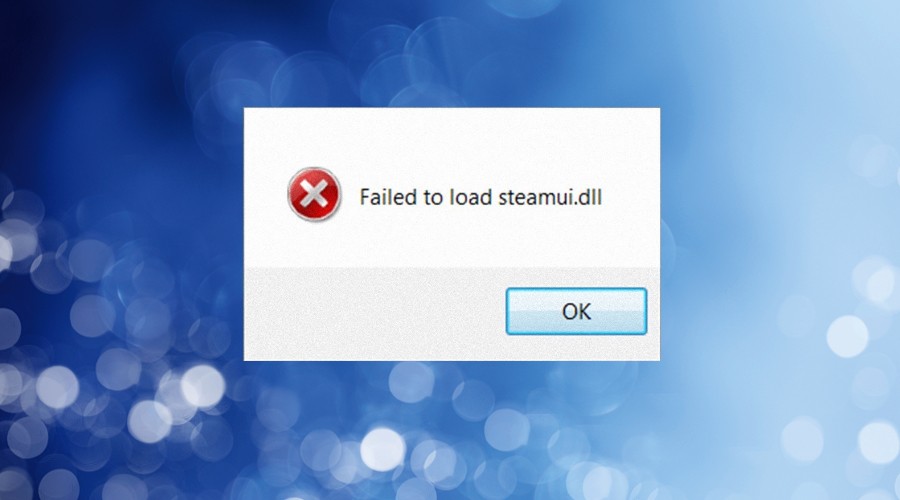
Instead of showing the login screen, it displayed the error: Steam – Fatal Error, Failed to load steamui.dll.
Upon further research, other common error messages are worded like this: Unable to load DLL ‘filename.dll’.
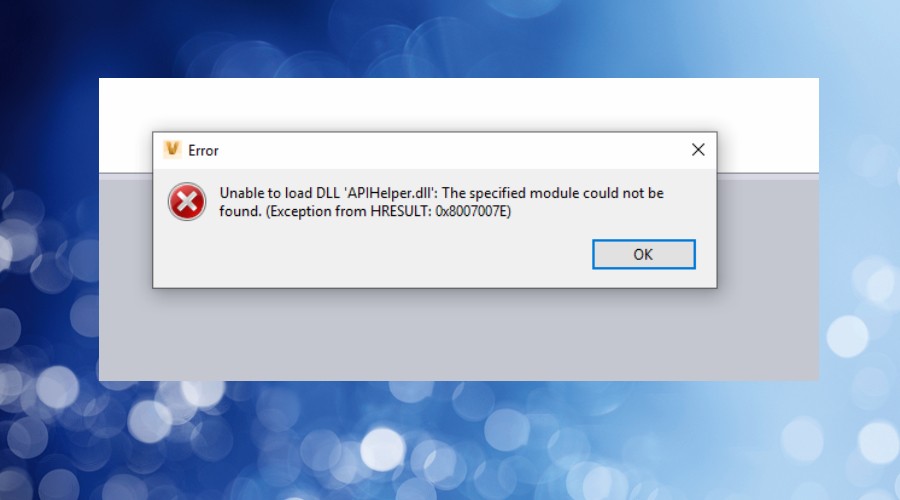
You may also see: Error loading filename.dll. The specified module could not be found.
Or an access denied warning: Error loading filename.dll. Access is denied.
Multiple error variants occur across Windows 11, Windows 10, and earlier versions.
Why DLLs are unable or fail to load?
Similar to missing or not found DLL errors, the issue is that Windows cannot find the DLL file because it has been deleted, damaged, or is incorrectly registered in the Windows Registry, and Windows doesn’t know where it is. It’s also occasionally associated with incorrect permissions. I.e., the user needs to be an Admin for the DLL to load successfully.
In my case, the Steam version on my laptop was so old, and the update was failing. I had to uninstall Steam and start fresh. Re-installing the program is a common suggestion for DLL errors. However, this only works when the DLL is not a core part of Windows and is bundled with software like this Steam DLL.
As well as outdated or failed software updates, DLLs can go wrong because:
- Malware – Viruses and other malware love to target DLL files on Windows because it’s an easy way to cause system instability and even hijack programs and processes.
- Hardware Failure – When hardware like your hard drive or RAM modules are aging and start to fail, they can cause data loss. Hard disks get bad sectors, and DLLs can disappear like any other file.
- Broken Windows Registry – The Windows Registry is the operating system’s roadmap for every installed program and file. If this is damaged or modified, Windows may be unable to find the DLL.
- Bad Software – When software is poorly made, it can delete shared DLLs that other programs still need. This can also happen when an app overwrites the DLL with an incompatible version.
- Failed Windows Updates – Just like failed software updates, failed Windows updates can cause DLLs to go missing or become corrupted.
- Unexpected Shutdowns – If you pull the plug on your PC, close important background processes, or experience a power surge, many files, including DLLs are at risk of corruption.
- Software Conflicts – Running a piece of software incompatible with your version of Windows or hardware components can prevent DLLs from loading.
- Overactive Antivirus – An antivirus program will occasionally notice changes or suspicious access to DLL files and view this as a threat. The DLL might get quarantined and, therefore, cannot be loaded until you manually restore the file via the quarantine area of your antivirus program.
Top Tips Before fixing DLLs:
Before going through any complex fixes, it’s first important to secure your computer from malware damage and ensure Windows is up to date. Both malware and failed Windows updates can cause DLL errors, so it’s best to get this out of the way so the problem doesn’t repeat itself.
1. Run a full system scan
Using the built-in Windows Threat Protection and/or a third-party antivirus program, perform a full system scan (not a quick scan), so every inch of the system is scoured for threats.
2. Update Windows
Using the start menu search bar, type the word update, and you should see a link to Check for Updates. Go through the process and wait for your PC to reboot.
3. Manually check hardware
If you recently installed new components like a hard drive or RAM stick, or you suspect there may be a hardware issue, power off your PC and switch off the power supply at the back of the tower.
Check that RAM is fully engaged and clipped into the motherboard and that there are no other obvious signs of loose or disconnected components.
4. Run everything as administrator
Sometimes, programs need to have administrator privileges to load DLLs and function correctly. To do this:
1. Right-click on the program executable and click Run as Administrator.
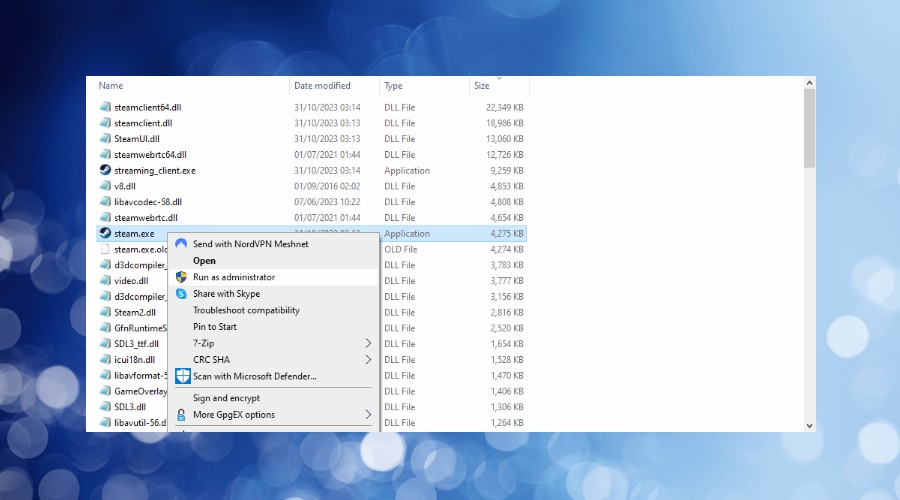
2. If this isn’t available because you don’t have the rights, select Properties.
3. Under the Security tab, highlight the User and click Edit.
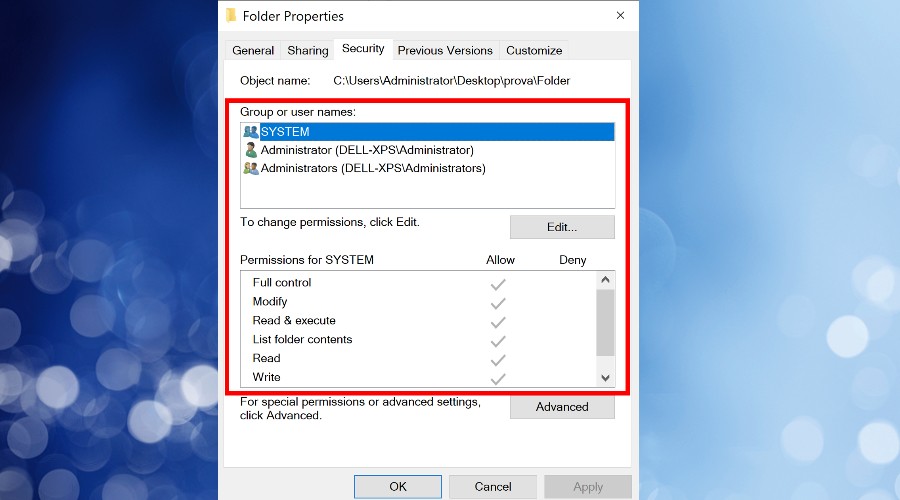
4. Check the Allow boxes to give them any permission needed.
Top fixes for DLL unable to load or failed errors
Different fixes can work for different scenarios, but by following these steps, you’ll stand the best chance of quickly fixing your DLL error.
1. Re-install the software
If the error only occurs with a single program and the rest of your system is stable, re-installing the program can revive the DLL, especially if it’s bundled with the software. This is more likely to work for games, platforms like my Steam example, and other third-party software that isn’t vital to Windows.
1. Go to the program’s installation directory and use the uninstaller executable.
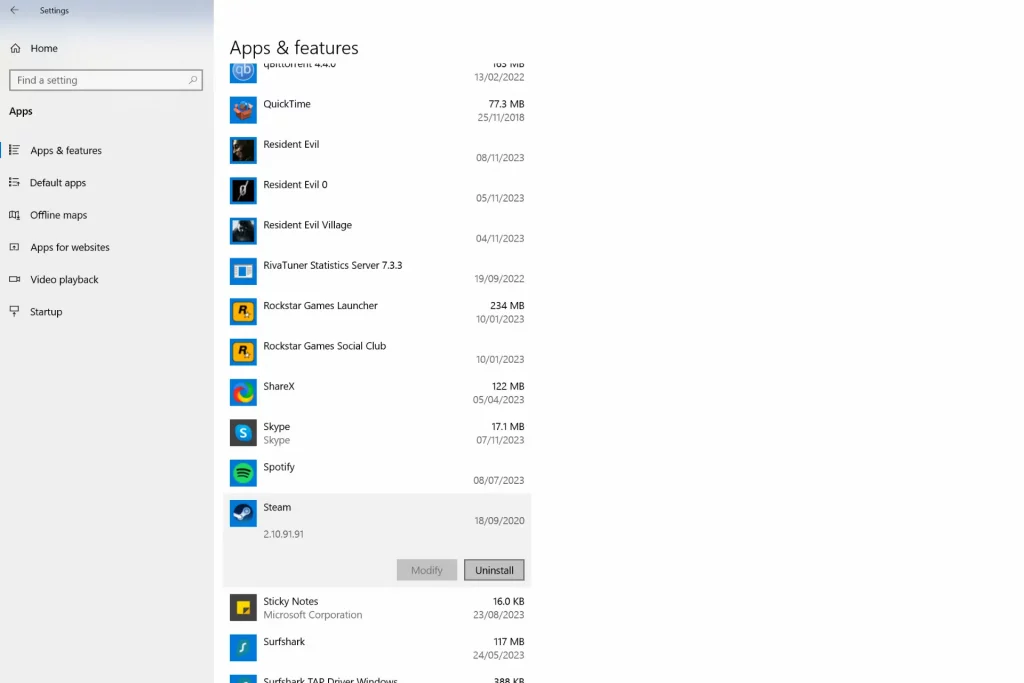
2. Alternatively, go to Start > Settings > Apps, find it in the list and choose to uninstall. In some cases, there will be the option to Repair or Modify.
3. Find the installer or re-download the software and reinstall it.
2. Run the System File Checker (SFC)
Windows has a useful file-checking tool that scans your system for important system files and replaces them with clean copies. This works best for core DLLs that are part of the original Windows installation.
1. Search cmd in the start menu, highlight the Command Prompt, and click the Run as administrator option.
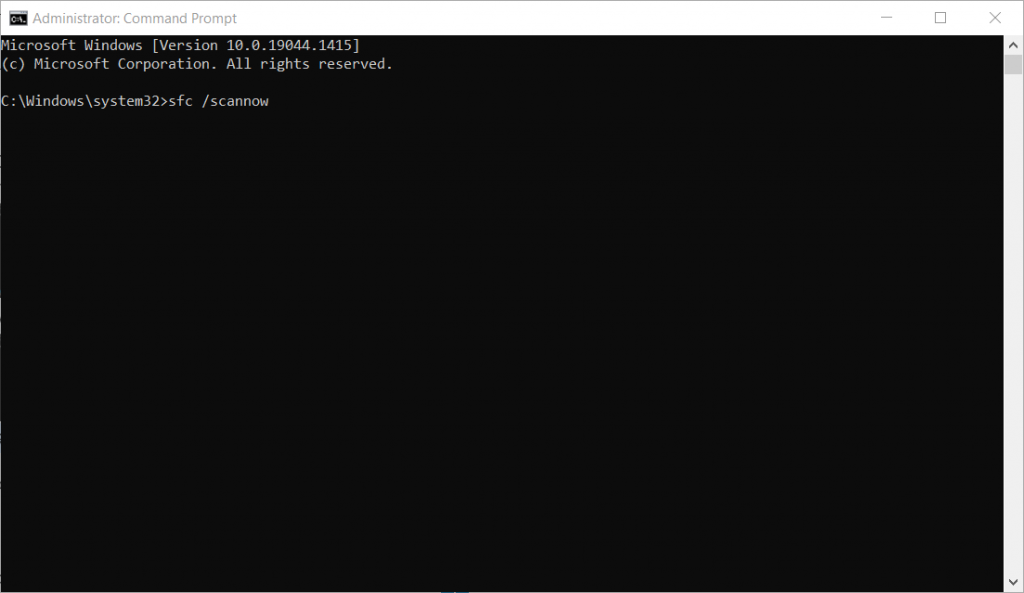
2. Type sfc /scannow into the Window, press Enter, and it will start scanning.
3. You will soon know the results onscreen: either Windows Resource Protection found corrupt files and repaired them successfully, or Windows Resource Protection did not find any integrity violations.
3. Run DISM
DISM is a similar tool to SFC but bases its fixes on a snapshot of the image of a working version of Windows. If it notices system files are missing or disorganized, it will revert them back to normal.
1. Search cmd in the start menu, highlight the Command Prompt, and click the Run as administrator option.
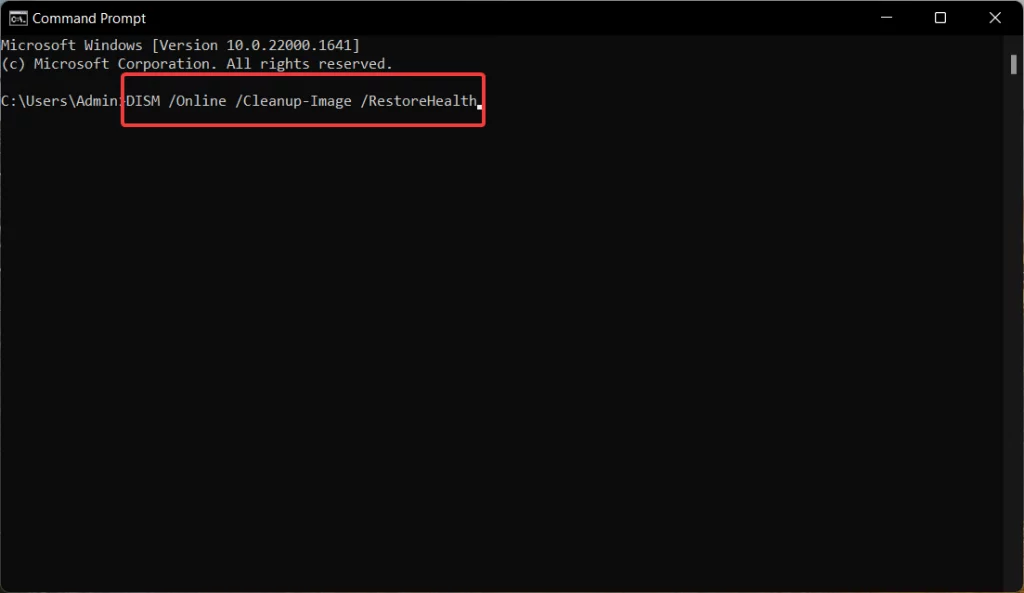
2. Type DISM /Online /Cleanup-Image /Restorehealth and press Enter to run the command.
3. The process may take several minutes and reboot your PC.
4. Use a DLL fixer
DLL fixers are tools that automatically detect when a DLL is missing or damaged and replace it with a clean version. Fortect is the best choice for this because it also repairs the Windows Registry, ensuring the DLL file is present but also accessible.
1. Download and Install Fortect on your computer.
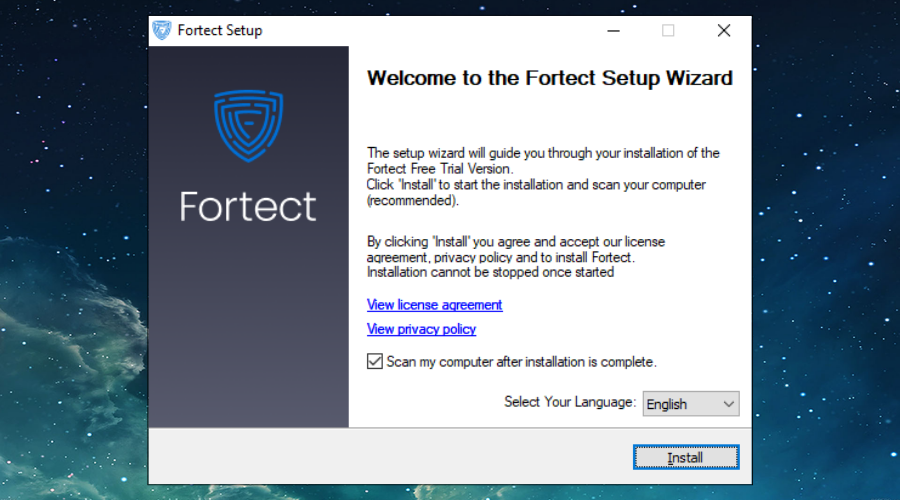
2. Launch the software and Start scanning.
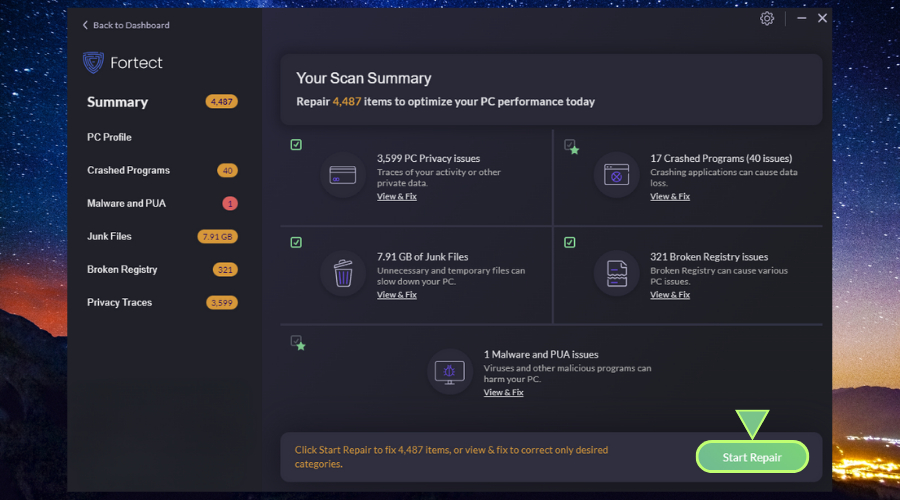
3. Click on Start Repair to start replacing DLLs automatically with working versions from its database.
4. Use a restore point
Windows System Restore allows you to revert your system files and user settings to a period of time when they are working correctly. This could solve DLL’s inability to load errors if they only recently started happening.
1. Type restore in the start menu search bar and select Create a restore point from the results.
2. Go to the System Restore tab and click the Open System Restore button in the System Properties window.
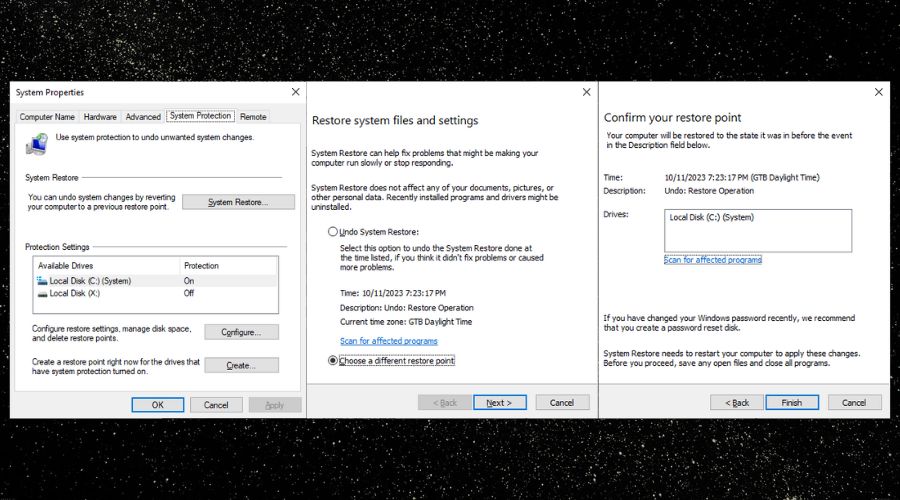
3. Click through to find the available restore points and dates. Select the restore point you want to use and click Next.
4. Click Finish, and your PC will then restart and finish the restoration.
5. Manually replace the DLL that fails to load
Note down the DLL filename when the error pops up. For example, steamui.dll, and then you can try to locate this file online to replace it manually.
I only recommend doing this if the other methods fail because not all DLL download sites are legitimate, and you could run into malware or other problems.
1. The first step is determining where the DLL file should be located. Fortunately, some error messages will give the path to the file.
Core DLLs are usually stored in the following folders:
- C:\Windows
- C:\Windows\System32
- C:\Windows\SysWOW64
If in doubt, do a good Google search to find its location.
2. Find the file online, and if it’s zipped with other files, only copy the DLL.
3. Place the file in its correct folder.
4. Open the Command Prompt by searching for CMD in the start menu search bar and launch it as Administrator.
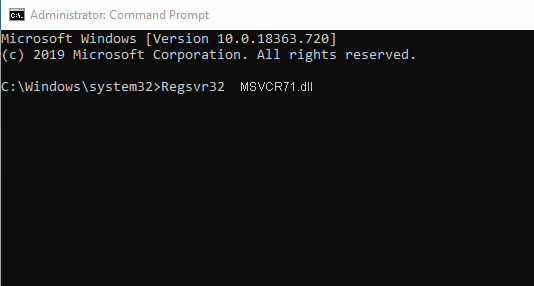
5. Type Regsvr32 followed by the relevant path. For example: Regsvr32 C:\Windows\System32\filename.dll
6. Press Enter and wait for confirmation of registration.
6. Reset Windows
If all else fails, you may need to repair Windows completely. Fortunately, you can do this while keeping your personal files.
1. Click on the Start menu and select the Settings gear icon.
2. In the Settings window, click on Update & Security and choose Recovery from the options on the left.
3. Under the Reset this PC section, click on the Get started button and select Keep My Files.
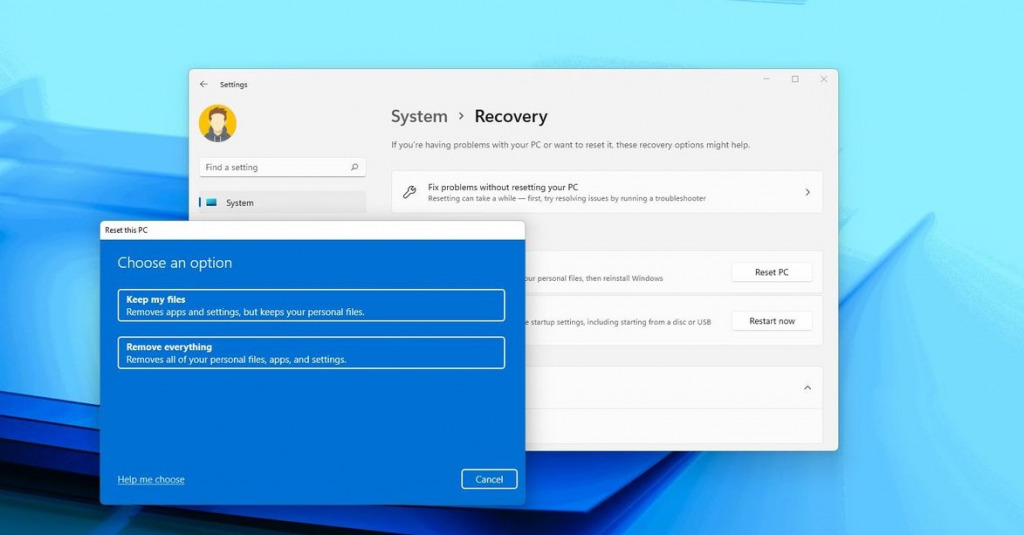
4. Windows will provide information about the changes that will be made. Review the information to ensure it aligns with your intentions. Click on the Next button to proceed.
5. Windows will confirm your choice. Click on Reset to start the process.
6. The reset process may take some time. Your computer will restart, and Windows will be reinstalled while keeping your files intact.
7. After the reset is complete, follow the on-screen instructions to set up Windows, including choosing your region, language, and signing in with your Microsoft account.
Note: This process reinstalls Windows but retains your personal files. It’s a good idea to back up important data before performing a reset, just in case.
The final word on the DLL unable to load error
By following these steps and tips, you’re armed to solve any DLL unable to load or failed to load error without losing data. Using a Windows repair tool like Fortect will also tune-up your PC and ensure your entire system is running at optimal performance.




